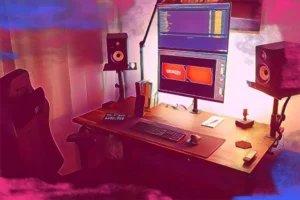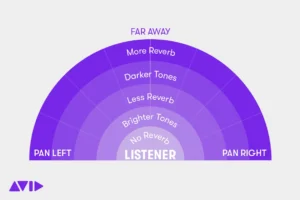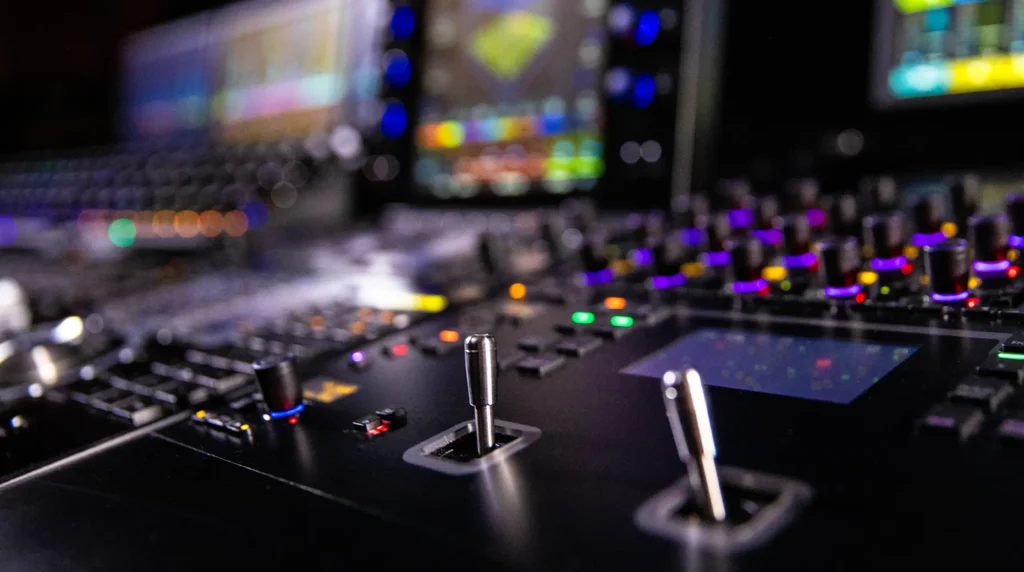Stereo imaging is crucial in creating a three-dimensional sound experience in audio mixing. It involves manipulating the spatial distribution of sounds across the left and right channels to achieve a wide, immersive listening experience. By effectively using techniques such as panning, stereo imaging plugins, double-tracking, the Haas Effect, Mid/Side (M/S) EQ, and reverb, mixers can enhance the width, depth, and clarity of their mixes. These techniques allow for precise placement and movement of audio elements within the stereo field. This will mix making the mix sound larger and more engaging.
Stereo Imaging in Audio Mixing?
Stereo imaging refers to how audio signals are spatially distributed across the left and right channels of a stereo system. It creates the perception of width, depth, and distance, allowing listeners to perceive where different sounds are coming from within the stereo field. A well-crafted stereo image can make a mix sound more immersive and realistic, with instruments and effects appearing in distinct locations between the speakers, enhancing the overall listening experience.
Using Panning for Spatial Placement

Panning is a fundamental technique in stereo imaging, used to position audio elements within the stereo field. By distributing sound between the left and right channels, panning creates lateral movement. This gives the impression that certain sounds are coming from specific directions. Effective panning ensures a balanced mix. It does so with critical elements like vocals and bass remaining centered. On the other hand less crucial sounds can be panned wider to create space and clarity.
Enhancing Stereo Imaging Width with Plugins
Stereo imaging plugins allow for precise control over the width of audio signals by adjusting the phase and amplitude relationships between the channels. These plugins are typically applied after EQ and compression in the signal chain and can significantly enhance the perceived width of specific elements in a mix. However, it’s important to use these plugins carefully to avoid phase issues and maintain mono compatibility.
Double-Tracking for a Fuller Sound

Double-tracking involves recording or duplicating a mono audio source and making subtle variations in the duplicate, such as pitch or timing adjustments. This technique adds depth and width to individual tracks, making them sound fuller and more immersive. While effective for vocals and guitars, it should be used selectively to avoid clutter and phase issues in the mix.
Utilizing the Haas Effect
The Haas Effect, or Precedence Effect, creates a sense of width. It does it through introducing a slight delay between the left and right channels of an audio signal. This psychoacoustic phenomenon tricks the listener’s ear into perceiving the sound as originating from a specific direction. Ultimately, it creates the stereo image. Careful application of the Haas Effect can widen specific elements in a mix without significantly altering their tonal characteristics.
Creating Space with Reverb
Reverb is essential for adding depth and space to a mix, making it an important tool in stereo imaging. By adjusting reverb parameters like pre-delay and decay time, mixers can control the perceived distance and size of sound sources within the stereo field. However, it’s crucial to use reverb judiciously to avoid a cluttered and unclear mix. This will ensure that the stereo image remains natural and immersive.





